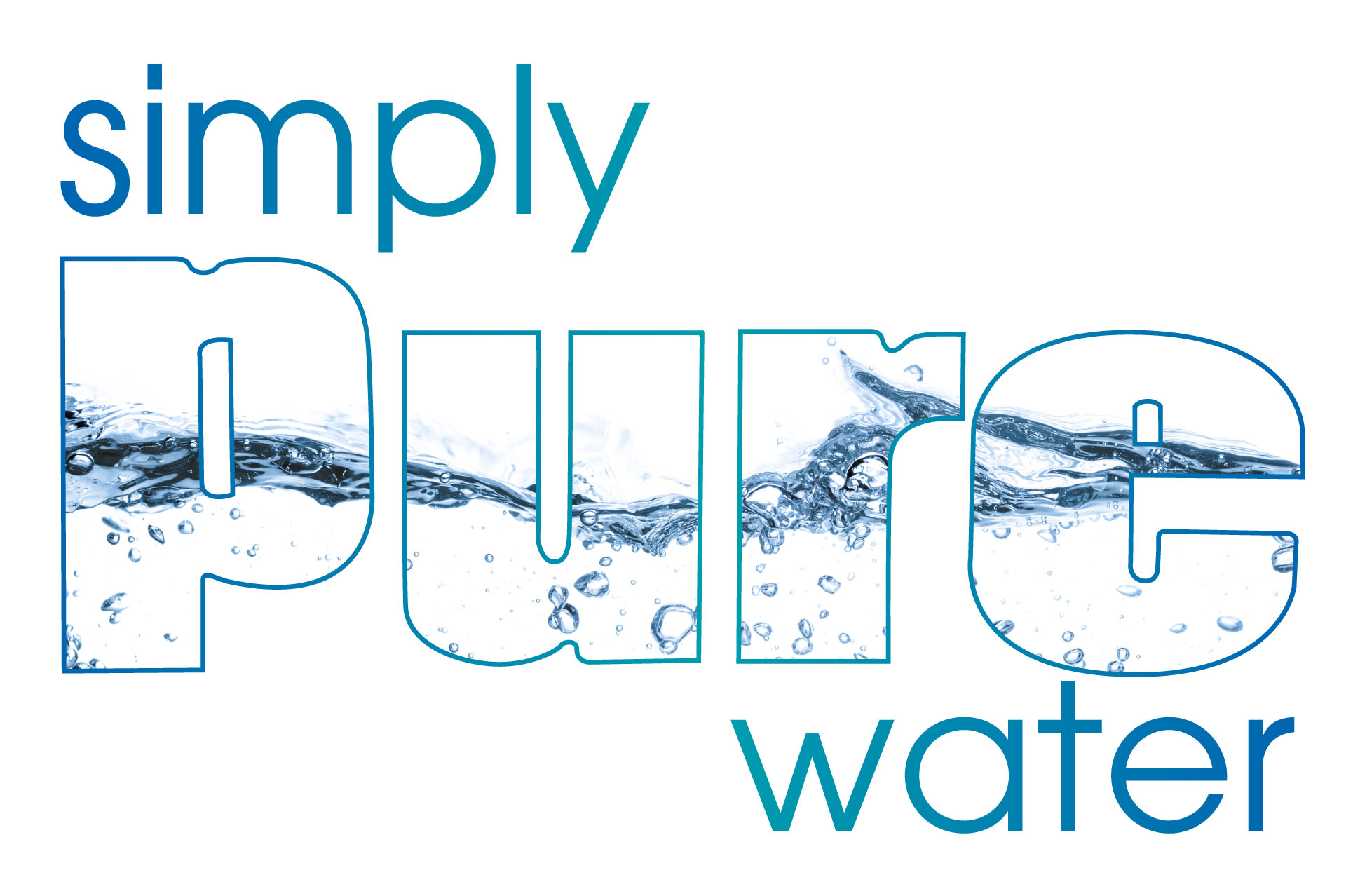Given how important a water cooler installation is to modern offices, schools and gymnasiums, it is perhaps no surprise that the pursuit of clean water is one that has existed for thousands of years.
The earliest known techniques, which include boiling, sun purification and sand filtration come from one of the earliest known medical texts in history, the Sanskrit Sushruta Samhita.
As well as this, according to tomb pictures and carvings in ancient Egypt, people gathered around a sand water filtration device, much akin to modern water coolers.
However, after the fall of the Roman Empire and the advances in aqueduct and water transportation and filtration technology, it would take over a thousand years for water filtration to return, and even longer for the water cooler to return into vogue.
This return was thanks to an inventor, plumber and sheet metal contractor by the name of Luther Haws, who also happened to be the sanitation inspector for Berkeley California.
When he was doing his rounds and visiting schools in the area, he noticed that children were drinking out of a shared tin cup, which was unsanitary but inspired Mr Haws to create and patent a solution.
His drinking tap would become a standard piece of school furniture and by 1938 he would create the first electric, self-contained water cooler with a similar shape to the ones we see today, albeit with bulky and heavy glass instead of plastic.
These would be replaced by plastic bottles in the 1980s, which allowed for much easier transportation of water and led to a rapid uptake of water coolers in public areas.
